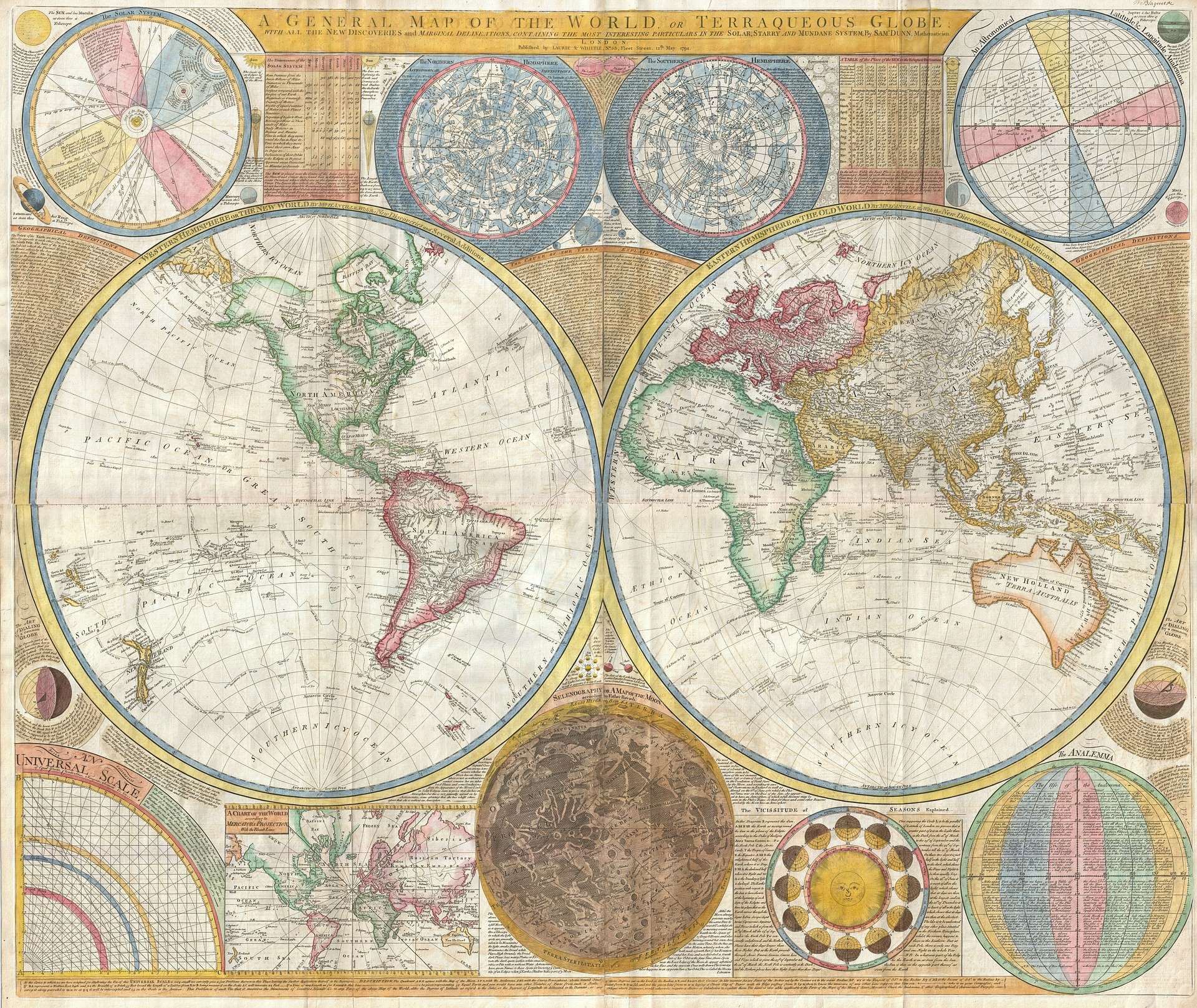A malaria outbreak in Ethiopia earlier this year has been linked to an invasive species of mosquito that can persist throughout the dry season, complicating the fight to prevent the insects’ spread
Anopheles stephensi, an invasive mosquito species
BSIP SA / Alamy Stock Photo
An invasive species of mosquito from Asia has been linked to a malaria outbreak in Ethiopia earlier this year. These insects persist even through the dry season, when other mosquitoes lack the outdoor water sources needed to lay their eggs, and are now invading neighbouring countries.
Most malaria infections in Africa are spread through the mosquito Anopheles gambiae, but Anopheles stephensi has taken a foothold on the continent’s east coast. The spread of this invasive species could complicate the effort to eradicate malaria, a mosquito-borne disease that kills around 627,000 people each year.
A. stephensi lays eggs in water and feeds on blood to reproduce, and the species was first confirmed in Djibouti in 2012 when the nation was close to eliminating malaria. Now, the country has thousands of cases each year.
Advertisement
Over the last decade, the species has spread to Ethiopia, Sudan, Somalia, Yemen and Nigeria. In spring 2022, the city of Dire Dawa in eastern Ethiopia saw an increase in malaria from around 200 cases per year to around 2400 cases, says Fitsum Tadesse at Armauer Hansen Research Institute in Ethiopia.
“There was a huge increase in cases, but there was no formal investigation of what caused the increase,” he says. “So, we decided to jump in and investigate.”
When residents sought medical care for malaria at two local clinics in Dire Dawa, Tadesse and his team screened the patients’ close contacts for the disease and looked for mosquitoes within a 100-metre radius of each household. Their study spanned April to June 2022 and included around 1000 participants.
As Tadesse expected, they found a close link between the presence of A. stephensi and the rate of malaria in the city. Around 97 per cent of the mosquitoes the team found were A. stephensi.
People living in households with water storage containers, where the insects could lay eggs, were more than three times as likely to test positive for a malaria infection than those without. Tadesse presented these results at a meeting of the American Society of Tropical Medicine and Hygiene in Seattle on 1 November.
Because A. stephensi prefers to lay eggs in residents’ water storage containers in addition to outdoor water sources, it can persist throughout the dry season. “Instead of two or three months, [malaria season] will be 12 months a year,” says Ayman Ahmen at the University of Khartoum in Sudan, who was not involved in the work. Without significant investment in preventing the insects’ spread, says Ahmen, “catastrophe is coming”.
More on these topics:

